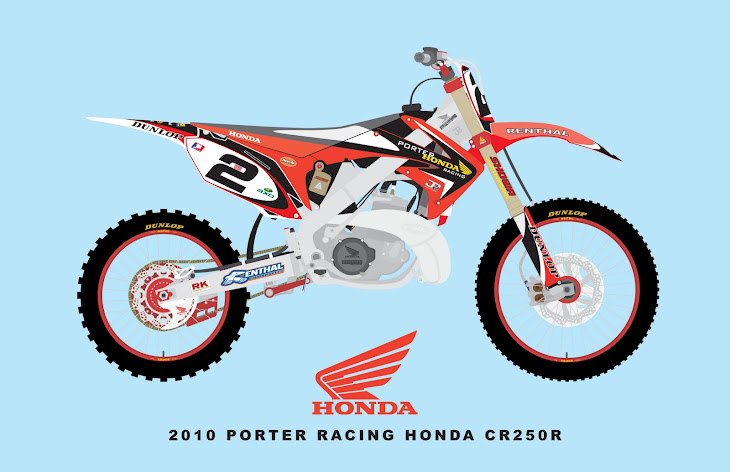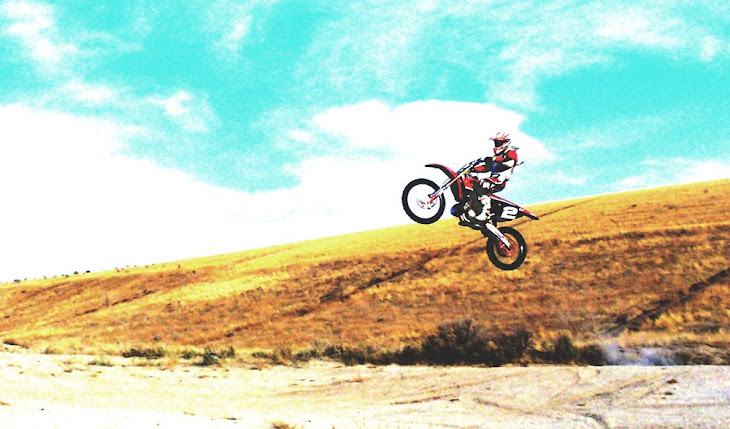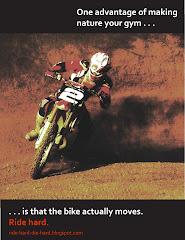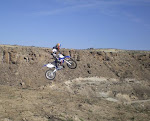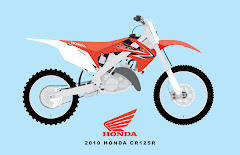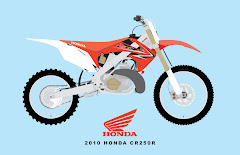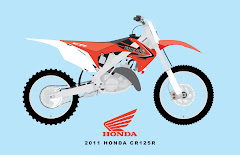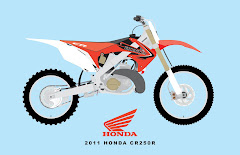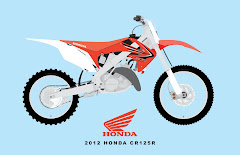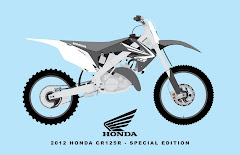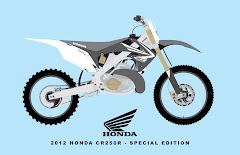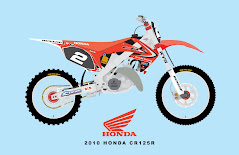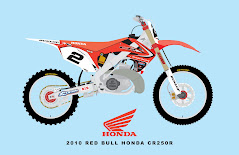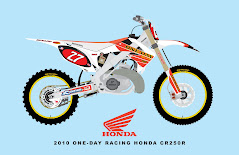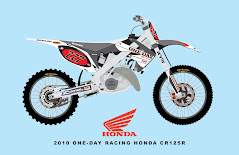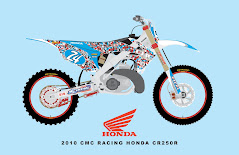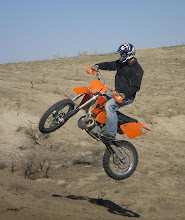Friday, February 26, 2010
As Long As I Can Remember Them
Thursday, February 25, 2010
Biker Buyers Guide
Second, how often will you really use your bike? I don't mean intend to use it - I'm sure we all intend to ride more than we actually do. Spending several thousand dollars for a bike you only use a couple times per year may be overdoing it. Sit down and really analyze how often you can use it. Consider your weekly work schedule, home life, vacations, and anything else that may impede on your riding time. A weekly rider's cost benefits are different than a monthly rider's cost benefits.
Third, what style of riding will you do most? Motocross or enduro racing, trail riding, hill climbing, and desert riding are popular styles. Each style requires a unique setup and type of bike.
For motocross racing you need to analyze your own capability. A new starter or smaller child may feel intimidated mounted on a full-size 125, 150, or 250cc motocross bike. These full-size bikes are tall and big. An adult on a 125cc may feel like they want more power. Consider your height and weight before throwing down several thousand dollars for a machine.
Monday, February 22, 2010
You Gotta' Know this Manifesto from MXA
Pinnacle of Power in MXA
Two vs. Four in MXA
To all you two-strokers that want to see MXA battle it out on a Yamaha YZ250 and YZ250F, you have to read this.
My Own Riding Experience
I got my first bike in September of 1999, a trusty 2000 Honda XR200R. I loved riding with my brothers and cousins - all of which were on Honda XR's - and we couldn't get enough of it.
But after a year of consistently bottoming out on jumps, my brother and I decided a bike with better suspension was required. We both invested in 2000 Honda CR125Rs, and that's when we gained a deep appreciation for motocross.
I recognize only two of the "Big Five" still manufacture two-strokes (KTM and Yamaha), though KTM is the only one that still holds true to updating and refining their machines. I also believe that those two companies understand the importance of maintaining a distinction in their products.
Please remember the irreplaceable history and niche two-strokes have in motocross - then and now.
Jetting Specs. for 1999-2009 Yamaha YZ250
MXA's jetting specs are spot on, though you must remember they're running a stock bike at sea level where the average temperature is in the range of 60-70 degrees Fahrenheit.
Don't forget to consider the altitude and temperature differences for where you're riding in comparison to MXA's recommended settings. If you're riding in cooler temperatures or lower altitude you need to go richer. If you're riding in warmer temperatures or higher altitude you must go leaner. It takes some trial and error to get it just right.
Just remember to have fun out there on your blazing blue machine!
Friday, February 19, 2010
Pay Less for More Power
Let me give you some empirical "cost of power" data to ponder upon for a while. . .
Ten years ago the meanest motocross machine (excluding the ominous 500) was known as a 250 cubic centimeter (cc) two-stroke, which had an average MSRP of $5,500. A typical 250cc two-stroke put out around 45 horsepower. That’s equal to a cost of $122.22 per one horsepower, and .18 horsepower per cc.
Ten years later – today – the dominant motocross motorcycle is the 450cc four-stroke, which replaced the 250cc two-stroke. The average MSRP today for a 450cc bike is $8,000. The average output is around 52 horsepower. That’s equal to a cost of $153.85 per one horsepower, and .12 horsepower per cc.
Now, it may seem unfair to the two-stroke to compare it to a bike that has 200 more cc’s. If that’s the case, let’s compare a 250cc two-stroke to a 250cc four-stroke.
The 250cc four-stroke’s average MSRP is around $7,000, and averages about 36 horsepower. That’s equal to a cost of $194.44 per one horsepower, and .14 horsepower per cc.
When compared to a 10-year-old 250cc two-stroke, the 250cc four-stroke has 22% less horsepower per cc, but costs $72.22 more per one horsepower. A 450cc four-stroke makes 33% less horsepower per cc and costs $31.63 more per one horsepower than a ten-year-old 250cc two-stroke.
Neither four-stroke sounds like a winner in comparison to a two-stroke.
My "Unofficial" Disclaimer
There may only be a few that recall the not-so-long-ago two-stroke dominance of motocross racers like Jeremy McGrath, Ricky Carmichael and James Stewart. These three recent historical motocross figures came to power mounted upon trusty and true two-stroke thoroughbreds.
I do not intend to encourage a complete change in the sport and its bikes, I only pray to uphold a small recollection of how modern motocross came to be as it is today.
